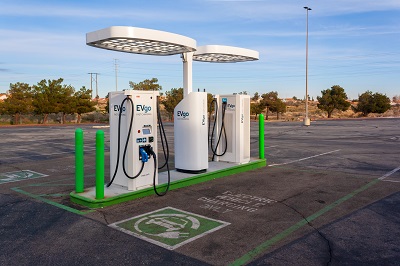
RVIA and Black & Veatch, an engineering firm, released a report and financing analysis on electric vehicle (EV) charging stations.
The report emphasized the importance and value of establishing RV-accessible EV chargers, particularly pull-through charging stations.
As states develop plans to spend funds from the Infrastructure Investment and Jobs Act earmarked for fast-charging EV networks, the report and analysis provide a business case and cost analysis for pull-through charging stations.
RVIA VP of Government Affairs Jason Rano said: “Decision makers, charging companies, and site hosts should deploy charging stations that fit all use cases, including those of RVs. The use case for pull-through charging for RVs already exists with electric vehicles, such as the Rivian R1T and Ford F150 Lightning, pulling towable RVs—which make up 88% of the RV production. Electrified motorized RVs and electric assist trailers are also being developed and need to be considered as these sites are designed not just for today, but for years to come.”
Rano said charging sites should accommodate each use case, as well as medium and heavy-duty vehicles’ use case.
“While pull-through charging will likely require more investment, our economic analysis shows that site hosts could recoup that investment in just a few years,” Rano said. “When companies are considering the additional investment necessary for pull-through sites, it is important to consider that RVers will need to charge more frequently given the impact that towing has on an electric vehicle’s range.”
Without pull-through charging, electric vehicles with towable RVs either would have to decouple and park the trailer somewhere or, along with other medium and heavy-duty vehicles, they would potentially pull across multiple charging spots and block chargers.




